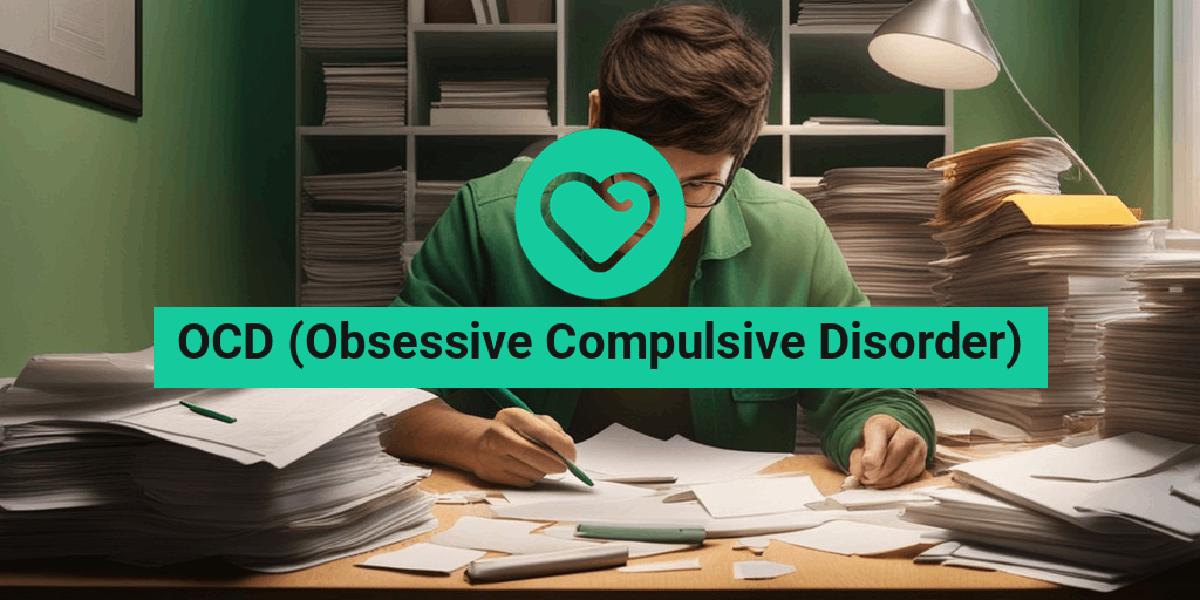How ERP for Reducing OCD Symptoms Can Improve Daily Functioning and Mental Health
What does exposure and response prevention therapy for OCD look like when it is applied to real routines and responsibilities? This evidence-based approach is offered in office, through secure telehealth, and in home or community settings, so practice can happen in the places symptoms tend to show up. Care can also include Inference-Based CBT alongside ERP, giving another route for obsessive doubt and intrusive concerns.
How Sessions Are Planned And Paced For Progress That Fits Real Days
ERP is delivered in structured meetings that focus on facing feared thoughts or situations while choosing not to perform compulsions. Sessions are scheduled as weekly 50-minute visits, with the option for extended time when a longer window is helpful for planning, practice, and debrief. For those needing more momentum, a 1:1 intensive outpatient format is available, keeping attention on targeted goals from the start.
Because symptoms often surface outside the office, care can include out-of-office meetings in home or community locations. Telehealth offers flexible access, and maintenance check-ins help reinforce gains after the main phase of treatment. Patient education supports each step so skills are clear and repeatable.
Highly Effective ERP Treatment For OCD In Practical Formats And Settings
This clinic applies research-backed methods through clear steps and collaborative planning. Highly effective ERP treatment for OCD is built around exposures that match daily priorities, such as getting out the door on time, participating in school or work, and reducing delays linked to rituals. Extended sessions allow deeper work on a single day, while community-based meetings help transfer skills to the settings that matter most.
Progress is reviewed at regular intervals and adjusted as needed. Options include maintenance visits once the core goals are met, so the new responses hold during life changes, busier seasons, or travel weeks.
Short planning pointers for steady follow-through
Weekly 50-minute meetings as a standard rhythm
Extended sessions are available when added time is helpful
1 1 intensive outpatient format for focused work
In office, telehealth, in-home, and community options
ERP for Reducing OCD Symptoms And Real-Life Routines
Using ERP for reducing OCD symptoms helps loosen the cycle of fear and provides short-term relief from compulsions. By practicing responses to triggers without rituals, attention shifts back to family time, study, and work tasks. Targets are practical and specific, and session plans reflect the situations that most often derail the day.
Skill practice between visits is encouraged. Telehealth can support homework reviews when travel is tough, and out-of-office sessions make it possible to rehearse in the locations that most need it. Over time, ERP for reducing OCD symptoms is about restoring time and energy that obsessive concerns tend to absorb.
ICBT Offered Alongside ERP For Presentations Shaped By Doubt And Inference
Inference-Based CBT is available with ERP to address patterns of doubt and misinterpretation that drive obsessive concerns. Clinicians review history, symptom patterns, and goals to decide whether to begin with ERP, ICBT, or a sequence that uses both. The aim is to match the method to the way symptoms operate in daily life and to keep practice steps clear and manageable.
Because the service formats include in-office, telehealth, and community sessions, the plan can shift as needs change. If certain steps fit better at home, telehealth supports that approach; if a skill calls for practice in a specific setting, an out-of-office meeting can be arranged.
Long pointers for applying skills between sessions
Map a weekly practice plan that aligns exposures with the times and places symptoms appear most, such as morning routines, commute points, study blocks, or bedtime; anchoring practice to predictable moments creates repetition without adding extra friction to the day.
Use session summaries and patient education materials to track what worked and what needs another pass; this running log becomes a go-to guide during stressful weeks or travel, so the same effective steps are easy to repeat without starting from scratch.
Bring practice into everyday settings through community or in-home sessions when practical; rehearsing the new response in the actual environment reduces the gap between therapy plans and the moments that matter.
Schedule extended sessions when a longer window is needed to plan, practice, and debrief in one block; this makes it possible to complete more than one step on the same day and lowers start-stop friction.
After the main course of treatment, book maintenance check-ins; brief tune-ups help protect gains during life changes and keep skills current and ready to use.
Thoughtful Next Steps With A Clear Path To Action
When readiness builds, the next step is simple. Review goals, list the most common times and places symptoms interrupt the day, and gather a few examples of triggers and compulsions. This makes the intake more focused and sets up an early start on the exposure plan. Over the course of care, highly effective ERP treatment for OCD is reinforced through planned practice, maintenance options, and formats that can include the home or community setting as needed.
Begin Care With A Team Grounded In Evidence And Flexible Formats
Anxiety Center of Tampa offers ERP and ICBT through in-office, telehealth, in-home, and community sessions, with weekly 50-minute visits, extended sessions, and an 1 1 intensive outpatient format. To start, contact the Anxiety Center of Tampa to book the consult and discuss intake timing. Share the moments in daily life that need attention most, and a plan can be built around them with clear steps, steady practice, and maintenance check-ins to keep gains in place.

